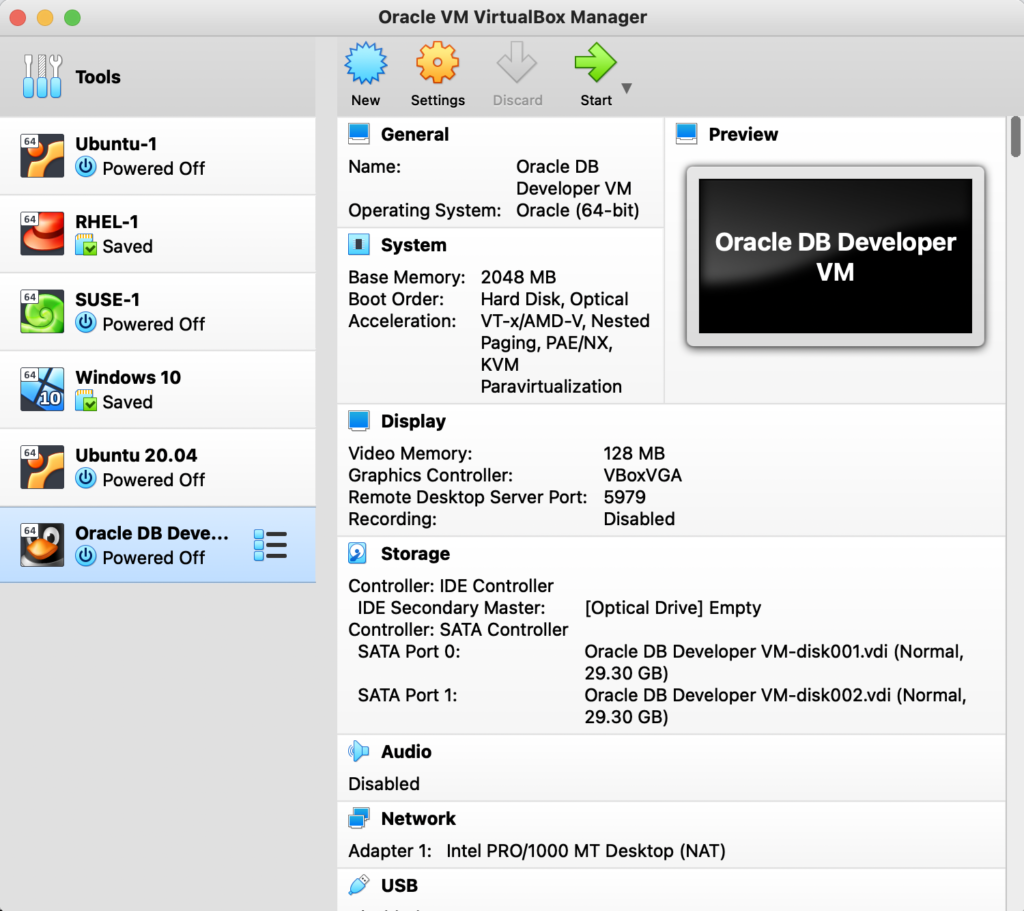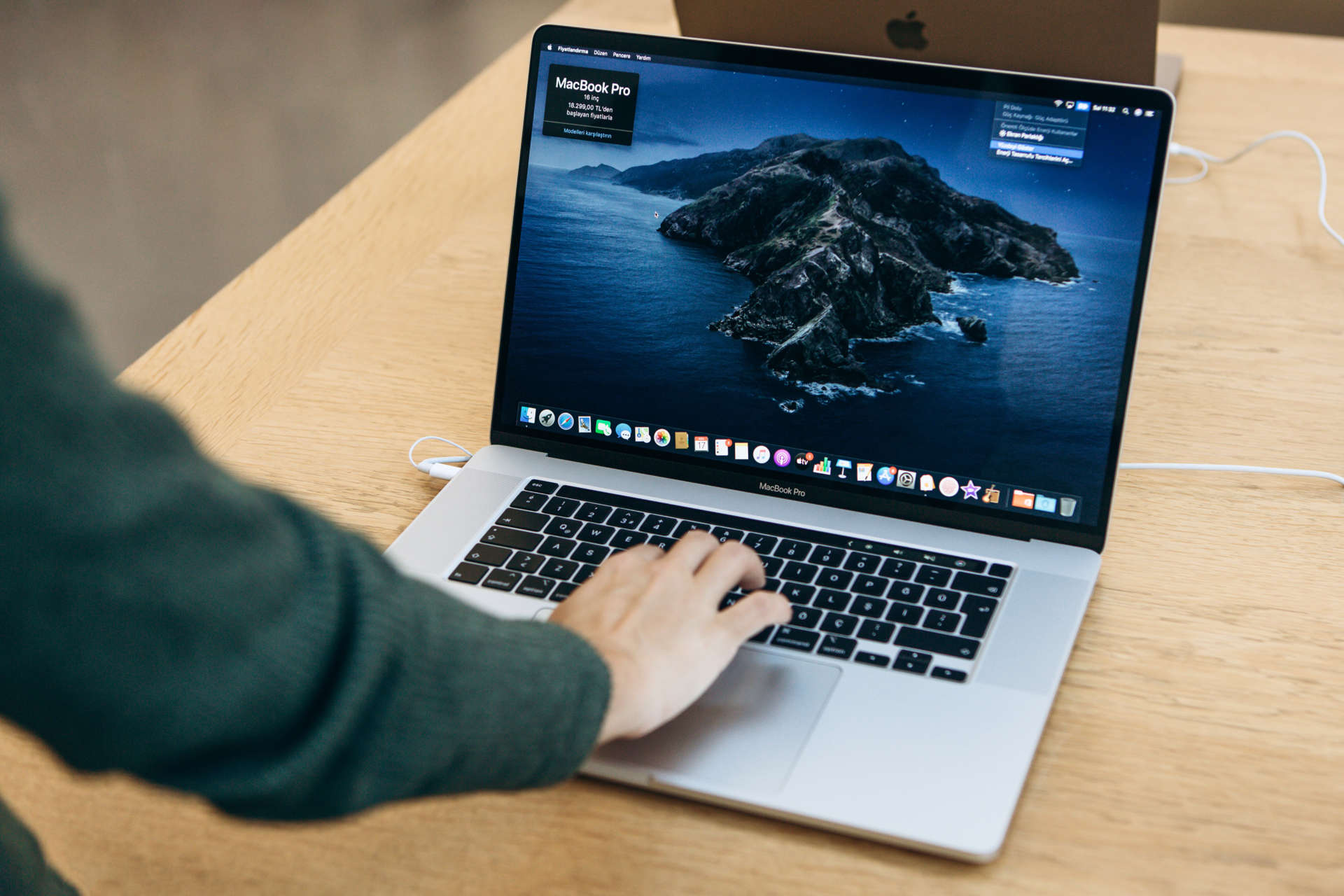
Using a pre-built image saves you needing to learn how to install the database server software, and also makes it easier to go back - if you really mess something up you can trash it and start again fairly simply. You can also install Windows or Linux on Bootcamp or in your own VM in Virtualbox, Parallels or VMWare and then install Oracle natively. If you only have access to a Mac then the simplest route is still as noted before, to install VirtualBox and one of the pre-built VM images Oracle provides. It just allows developers to use a Mac instead of forcing them on to a Windows or Linux PC.

You can use SQL Developer on a Mac to connect to a database running on Windows or Unix/Linux etc., so it still has a place the fact you can't have a local server running on the same hardware isn't really relevant for most people.

app bundle and there are some application difference from the Windows version, but they don't have to worry about different architecture, system libraries, etc. They obviously have to do some work to have a. Java's write-once-run-anywhere may not be entirely true, but it's still likely to be rather less work to support a relatively small Java application than a natively-compiled beast like an full RDBMS. SQL Developer is a Java application, and requires a JVM/JDK to be installed.

I seem to recall its demise roughly coincided with Apple dropping their Xserve line, but I may have imagined that.Ī client like SQL Developer is a very different proposition from a support perspective. Oracle made a decision some time ago not so support it any more, presumably because it wasn't used enough to justify the costs involved. You can't install the database server software directly on OS X 1.


 0 kommentar(er)
0 kommentar(er)
